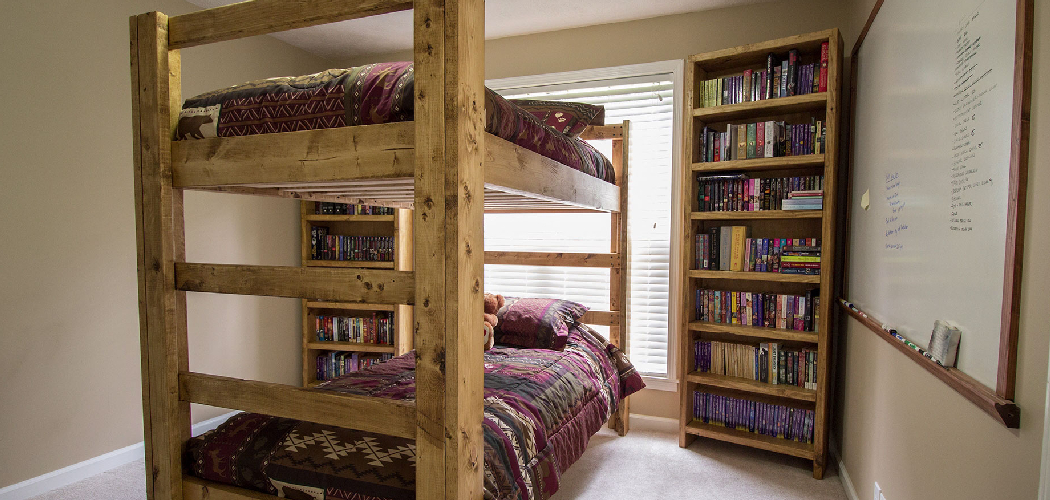When it comes to optimizing space in a bedroom, wooden bunk beds provide a practical and stylish solution. They are ideal for children’s rooms, guest rooms, or even shared accommodations, offering both functionality and aesthetic appeal. Properly arranging wooden bunk beds not only maximizes available space but also ensures safety, comfort, and accessibility. This guide will walk you through the steps and considerations for how to arrange wooden bunk beds effectively.
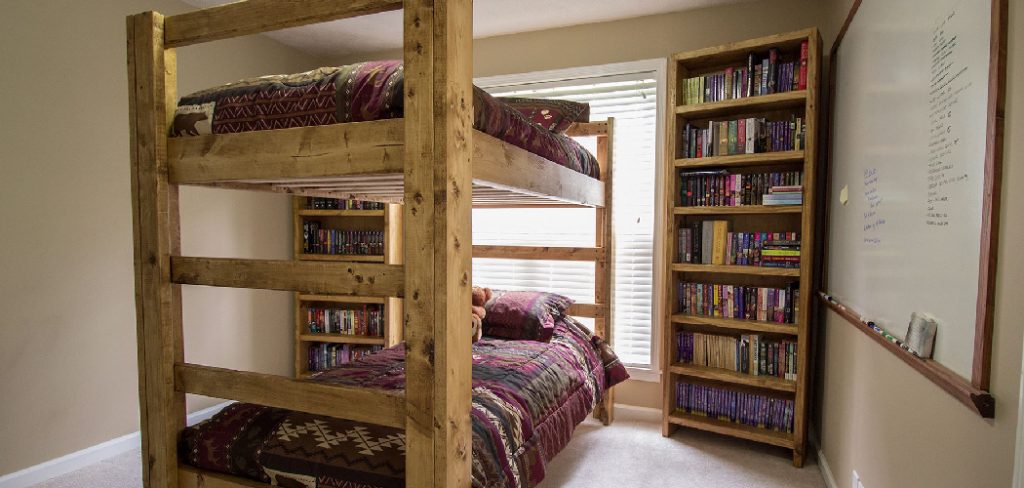
The Versatility of Wooden Bunk Beds
Wooden bunk beds are incredibly versatile, making them suitable for a wide range of needs and design preferences. Their timeless aesthetic allows them to complement both modern and traditional interior styles, while their sturdy construction ensures durability for years to come.
Many wooden bunk beds offer additional features, such as built-in storage drawers, shelves, or even desks, which can help maximize functionality in smaller spaces. They are also customizable, with options to separate the bunks into standalone beds or add personalized touches like curtains or lighting. This adaptability makes wooden bunk beds a favorite choice for families, dormitories, and rental properties alike.
Benefits of Proper Bed Arrangement
Properly arranging wooden bunk beds offers numerous benefits that enhance both the practicality and enjoyment of your living space. One of the primary advantages is space optimization—strategically placed bunk beds can open up floor space for other furniture or activities, making a room feel more spacious and organized. Safety is another key benefit; by ensuring the beds are positioned securely and away from potential hazards such as ceiling fans or windows, you can reduce the risk of accidents.
Comfort and accessibility are also improved with thoughtful arrangements, allowing for easy climbing and ensuring both top and bottom bunks provide a welcoming sleeping environment. Additionally, a well-organized layout can improve the overall aesthetic of the room, creating a harmonious and inviting atmosphere that enhances daily life. Proper arrangement ultimately maximizes both functionality and safety, making it a worthwhile investment of time and effort.
10 Methods How to Arrange Wooden Bunk Beds
1. Choose the Best Location for Stability and Safety
When placing wooden bunk beds, the first step is to find a stable and secure location in the room. Ideally, position the bunk beds against a solid wall to provide extra support and reduce movement. Avoid placing them near windows to prevent drafts, falls, or accidental damage to window glass. Also, consider avoiding areas near ceiling fans or low-hanging light fixtures to minimize safety hazards.

2. Ensure There is Adequate Headroom
Before assembling and arranging bunk beds, measure the ceiling height to ensure there is sufficient space between the top bunk and the ceiling. A minimum clearance of at least 2-3 feet is recommended to prevent the occupant from hitting their head when sitting up. If the ceiling is too low, consider using a low-profile bunk bed to maintain comfort and usability.
3. Position the Beds to Maximize Floor Space
To create more usable floor space, consider placing the bunk beds in a corner of the room. This arrangement leaves more open space in the center for movement, play, or additional furniture. If the room is small, a corner placement helps minimize clutter while making the most of the available space.
4. Align with Room Layout and Furniture Placement
When positioning bunk beds, take into account other furniture items like dressers, desks, and nightstands. Ensure that there is enough walking space around the beds to move freely and access storage areas. Avoid placing bunk beds too close to doors, as this can create congestion and hinder the natural flow of the room.
5. Secure the Bunk Beds Properly
Once you have chosen the ideal location, make sure the bunk beds are securely assembled according to the manufacturer’s instructions. Tighten all bolts and screws to prevent wobbling or instability. If possible, anchor the bed frame to the wall using safety brackets to provide extra reinforcement and prevent tipping.
6. Incorporate Storage Solutions Underneath
To maximize storage, utilize the space beneath the bottom bunk. Wooden bunk beds often have built-in drawers or open spaces that can be used for storing clothes, bedding, or toys. If the bunk beds do not have built-in storage, consider using rolling bins, baskets, or under-bed organizers to keep essentials neatly tucked away.
7. Consider L-Shaped or Loft Configurations
If you have more space and need additional functionality, consider arranging the bunk beds in an L-shaped or loft-style configuration. An L-shaped arrangement provides more openness, while a lofted top bunk with an open space underneath allows for a desk or seating area. This setup is ideal for older children, students, or rooms where multifunctionality is required.
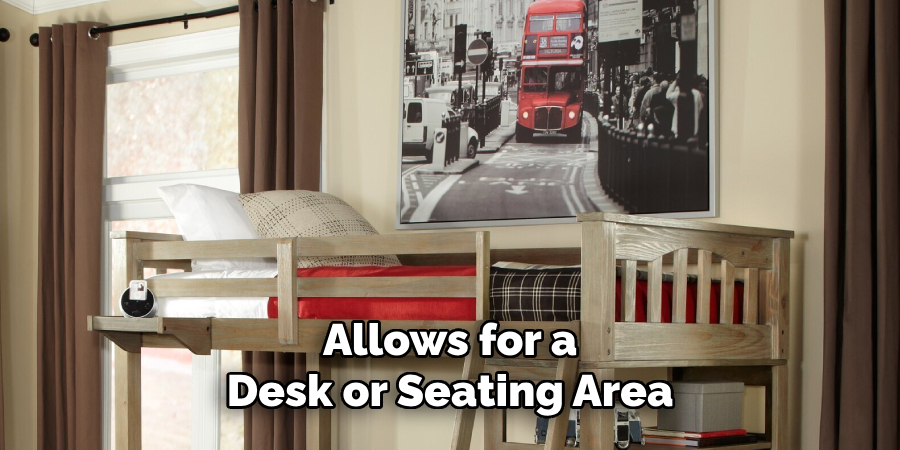
8. Ensure Easy Access to the Top Bunk
Accessing the top bunk should be safe and convenient. Choose a bunk bed with a sturdy ladder or built-in staircase. Staircase-style ladders are often preferred because they provide extra stability and may include additional storage compartments. Make sure the ladder is positioned on the most accessible side of the bed for ease of use.
9. Add Safety Features and Bed Rails
Safety should always be a priority when arranging bunk beds, especially for children. Ensure the top bunk has a sturdy safety rail to prevent accidental falls. The rail should be at least 5 inches above the mattress to provide sufficient protection. Also, establish rules, such as no jumping on the beds or rough play, to minimize injury risks.
10. Personalize with Bedding and Décor
Once the bunk beds are securely arranged, enhance the room’s aesthetics with thoughtful bedding and décor. Choose matching or coordinating bedding sets to create a cohesive look. Personalize each bunk with individual lighting, wall decals, or nameplates to give each occupant their own space. Adding curtains or canopies can provide a sense of privacy and make the bunk beds feel more cozy and inviting.
Maintenance and Upkeep
Proper maintenance and upkeep of wooden bunk beds are essential to ensure their longevity, safety, and appearance. Start by conducting regular inspections to check for loose screws, bolts, or other connections. Tighten any hardware as needed to prevent instability or wobbling. Additionally, examine the bed frame for signs of wear, such as cracks, splinters, or weak joints, and address these issues immediately to avoid further damage.
Cleaning the bunk beds should be done routinely to keep them looking their best. Use a soft cloth and a mild wood cleaner or soapy water to remove dust, dirt, and stains from the wooden surfaces. Avoid using harsh chemicals that might degrade the finish or damage the wood. For areas difficult to reach, such as under the bed or along the bed rails, use a vacuum or a small brush to ensure thorough cleaning.
Common Mistakes to Avoid
When setting up and maintaining wooden bunk beds, avoiding common mistakes can ensure safety, functionality, and longevity. Here are some pitfalls to be mindful of:
1. Skipping the Assembly Instructions
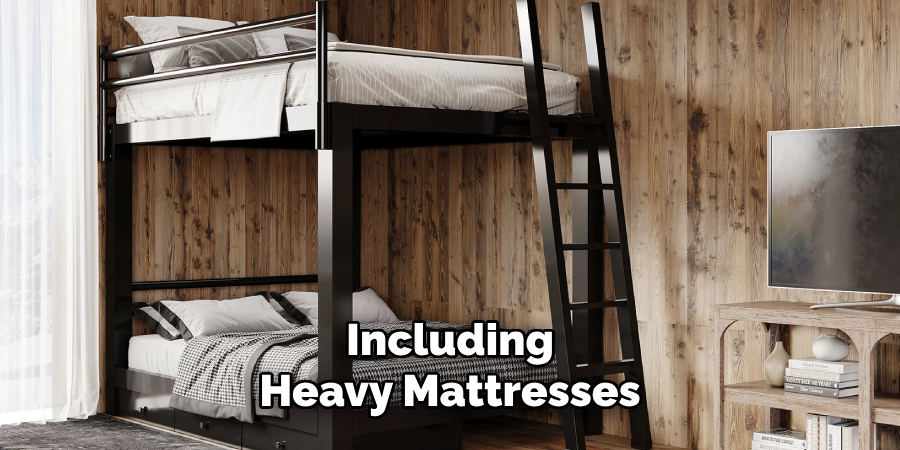
One of the most frequent errors is neglecting to carefully follow the manufacturer’s instructions during assembly. Each bunk bed design has specific assembly requirements, and missing a step can compromise the bed’s stability and safety. Always take the time to read and comply with the provided guide.
2. Overloading the Top Bunk
The top bunk typically has a maximum weight limit specified by the manufacturer. Exceeding this limit can lead to structural damage or an increased risk of accidents. Be sure to check the weight capacity and avoid placing excessive weight, including heavy mattresses, on the top bunk.
3. Improper Mattress Sizing
Using mattresses that are too thick or oversized for the bunk bed frame can reduce the effectiveness of safety rails, increasing the risk of falls. Always select mattresses that match the size and thickness specifications recommended for the bunk beds.
4. Neglecting Safety Rails
Omitting safety rails on the top bunk or failing to ensure they are properly installed is a critical safety risk. Over time, the rails may loosen, so regular checks are essential to keep them secure.
5. Ignoring Ceiling Clearance
Placing bunk beds in a room with insufficient ceiling clearance can create discomfort and safety hazards. Without enough headroom, the occupant on the top bunk may accidentally hit their head. Measure the space before installation to ensure adequate clearance.
6. Unsecured Bed Placement
Placing bunk beds on an uneven surface or failing to secure them to a wall can lead to instability. Always position bunk beds on level flooring and consider anchoring them to the wall for added safety, especially in earthquake-prone areas.
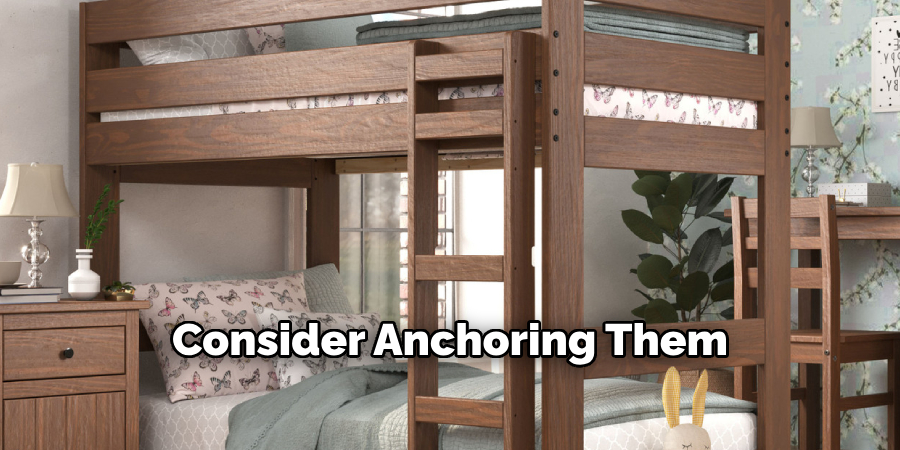
7. Skipping Regular Inspections
Once bunk beds are assembled, many people forget to perform regular checks on the hardware and frame. Loose screws, worn joints, or sagging mattresses can go unnoticed and may lead to accidents if not addressed promptly.
Conclusion
Arranging wooden bunk beds effectively involves careful planning to ensure safety, maximize space, and enhance the room’s functionality. By considering location, stability, storage, accessibility, and personalization, you can create a comfortable and stylish sleeping arrangement that meets the needs of the occupants. So, there you have it – a quick and easy guide on how to arrange wooden bunk beds.

